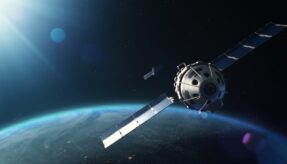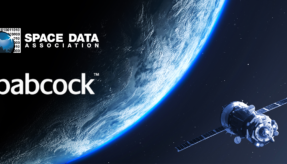
The EDA and ESA will use cutting edge technology to research environments in space and inaccessible regions of Earth.
The EDA (European Defence Agency) and ESA (European Space Agency) will use two new projects to explore new environments in space and analyse distaster-stricken regions of Earth. They are the latest in a long history of cooperation enabled by the ESA-EDA Administrative Arrangement, originally signed in 2011 and recently extended for a second time.
ESA and the EDA are also cooperating in the development of new AI-based capabilities in the field of guidance, navigation and control (GNC) – knowing where an asset is and steering where it is going. This joint project, dubbed ATENA, will develop AI-based systems with the capability of flying safely over unknown territory, such as an asteroid, to achieve enhanced navigation performance compared to current vision-based techniques based on feature tracking.
ESA Director General Jan Wörner said: “Through our political and technical dialogue, we are able to identify joint priorities hand-in-hand with users of space systems and security communities.”
“This virtuous dynamic is a key driving force of ESA’s space safety initiatives, recently endorsed and funded at our Space19+ Council at Ministerial Level.”
Space-based services have fast become essential to Europe’s safety and security. In 2017, a previous ESA-EDA Implementing Agreement demonstrated the use of space-based assets to respond to threats from toxic and hazardous materials. The project showed that space systems were beneficial to fast and accurate response to such threats in terms of situational awareness, early warning, detection and response planning.
By integrating space assets in sectors such as telecommunications, navigation and Earth observation, the partners will demonstrate the benefits of using autonomous and/or remotely piloted aerial vehicles to both detect toxic material and carry out rapid response to large-scale disasters. This activity will lead to the development of operational services that will deliver support to defence and security users on a permanent basis.
If you would like to join our community and read more articles like this then please click here.








